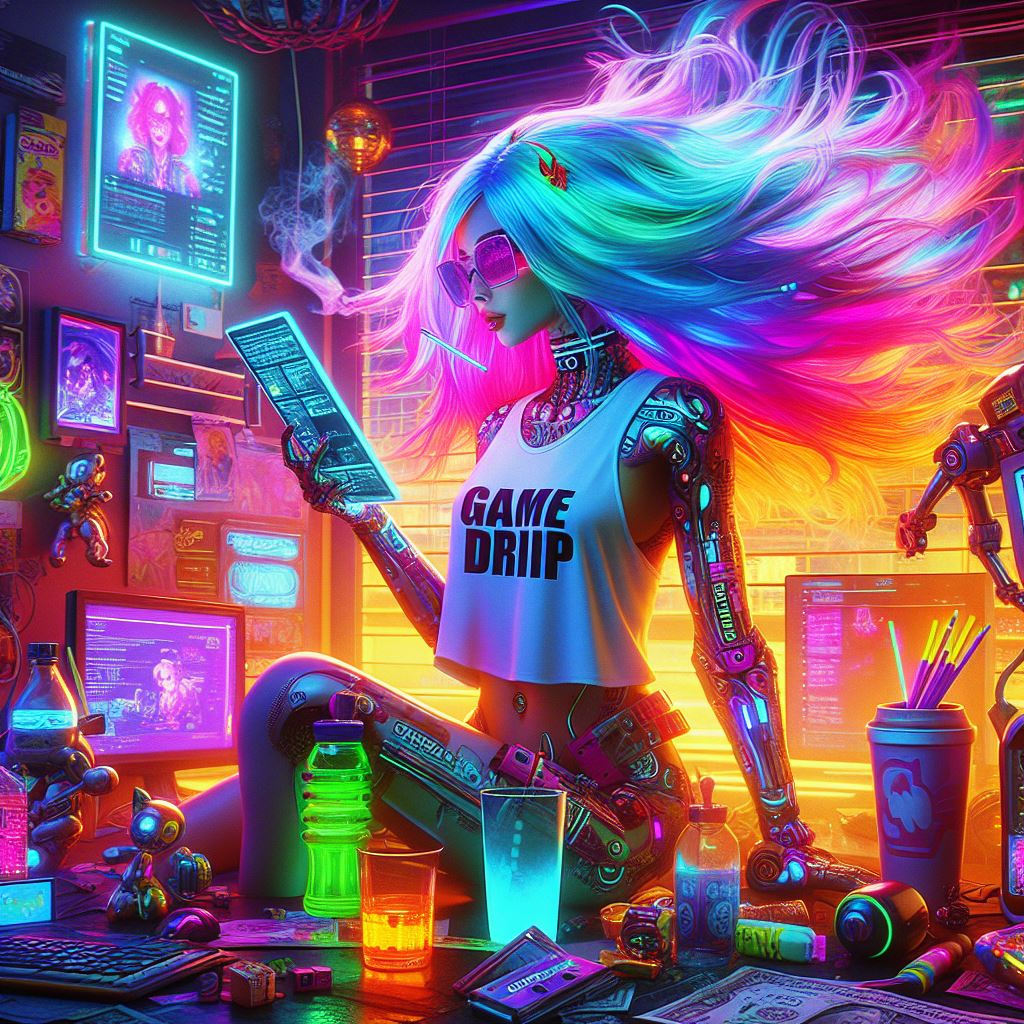As featured on Minecraft Servers Listing
#HITECH #CLASSIC24.04FAVORITE #CLASSIC #Minecraft #server

❤️ IndustrialCraft-Classic is installed on the server, unlike the Experimental version, the matter is used in solid form, like in the good old days.
❤️ Transformers are not a useless component, because now you need to monitor the voltage of your network, and new types of nuclear fuel will allow you to plunge into the world of trinuclear energy.
❤️ The AppliedEnergistics mode has also been changed, the channels are completely disabled and now you don’t have to monitor the number of connected system modules.
❤️ Make your systems bigger, more powerful, faster!

❤️ The server client also has an auxiliary mod for construction, Schematica, installed, now you don’t need to develop plans for building your house.
❤️ Choose any desired scheme on the Internet, and build the most beautiful buildings according to already developed schemes.
❤️ There are practically no prohibited items on the server! Most problematic blocks are fixed as they should be, without any blocking.
❤️ Installed mods
Applied Energistics 2 – Mod adds a huge complex system of resource storage and processing.
Binnie Mod – Mod that adds convenient chests with the ability to sort by tabs.
Catwalks – Modification that adds several types of scaffolding, ladders, partitions, protective covers.
Cosmetic Armor – Allows you to equip a second set of armor on top for display to players (protects 1, but shows the other)
Chisel is a modification that adds a chisel to the game, with which you can create different decorative versions of the same block.
Custom NPCs – A modification that adds NPCs (mobs configured by the administrator) to the game, mostly for quests.
Draconic Evolution – modification adds new powerful tools, armor, machines and various elements.
Dragon’s Radio Mod – Mod that adds Radio to the game. With it, you can listen to radio streams via URL.
Dw City – Mod developed by MCSkill project, adds many decor blocks, as well as various stuff (skins, trophies, etc.)
StrangerMind – The same mod as Dw City, adds the necessary items for gameplay to the game.
Ender IO – Modification that adds to the game various machines, generators for the production of RF energy.
Extrautilities – adds many different mechanisms, pipes and other technical gadgets.
Forestry – Modification adds various farms, beekeeping, selection and much more.
BetterQuesting – mod adds a book of quests for completing which you will receive rewards.
Industrial Craft Classic – Modification that adds industrial production to the world (metallurgy, electrical engineering, etc.)
Iron Chest – Adds new, more capacious chests to the game.
MineFactoryReloaded – Lots of automatic farms, mechanisms, and other technical stuff 🙂
OnlinePictureFrame – Adds a picture frame for images with the ability to load images by URL.
OpenBlocks – Various goodies that are missing in regular Minecraft (elevators, hatches with stairs, and much more)
OpenComputers – Mod adds computers and robots to the game that can be programmed in Lua 5.2.
Personalization – Unique mod for player personalization. Hats, Wings, Pets, and much more
ProjectRed – A mod that allows you to look at Redstone from a different perspective. Many schemes are contained in just 1 block!
SolarFlux – solar panels for generating RF energy.
TradingMod – Unique mod for trading with players by barter (exchange)
Thermal Expansion – Adds new resources, their processors, as well as energy and devices for its production and storage to the game.
Treecapitator – Allows you to chop down a whole tree.
WildMobsMod – Adds many new animals, food, and useful resources that can be obtained from them.
Ztones – Modification that adds decorative blocks.
Schematica – a mod that helps in construction, allows you to easily build buildings using prepared public schemes.
GlibysVC – Voice chat directly in the game
Journeymap – Convenient minimap with return points
MacroKeybindingMod – A powerful tool for writing in-game macros and various binds.
MouseTweaks – Various tweaks to improve your mouse control.
NotEnoughItems(NEI) – A convenient panel for viewing all resources available in the game, with the ability to study crafts.
Waila – Adds a pop-up panel with information about the block you are looking at (what mod the block is from, whether it has energy, etc.)
TabbyChat – Very convenient and multi-functional chat with the possibility of fine-tuning.

—

![ZappyMC [SMP] – Dive Into Fun!](https://game-drip.com/wp-content/uploads/2024/04/gamedrip-news-best-2937.jpg)
![Sure! Here are a few suggestions:
Cinder SMP [Vanilla] – Join Now!
Cinder SMP [Vanilla] – Team Up!
Cinder SMP [Vanilla] – Play Today!
Cinder SMP [Vanilla] – Join Fun!
Let me know if you need more options!](https://game-drip.com/wp-content/uploads/2024/04/gamedrip-news-popular-1452.jpg)






![How about:
"Eclipse SMP [Whitelisted Java] 🌌"](https://game-drip.com/wp-content/uploads/2024/04/gamedrip-news-popular-716.jpg)











